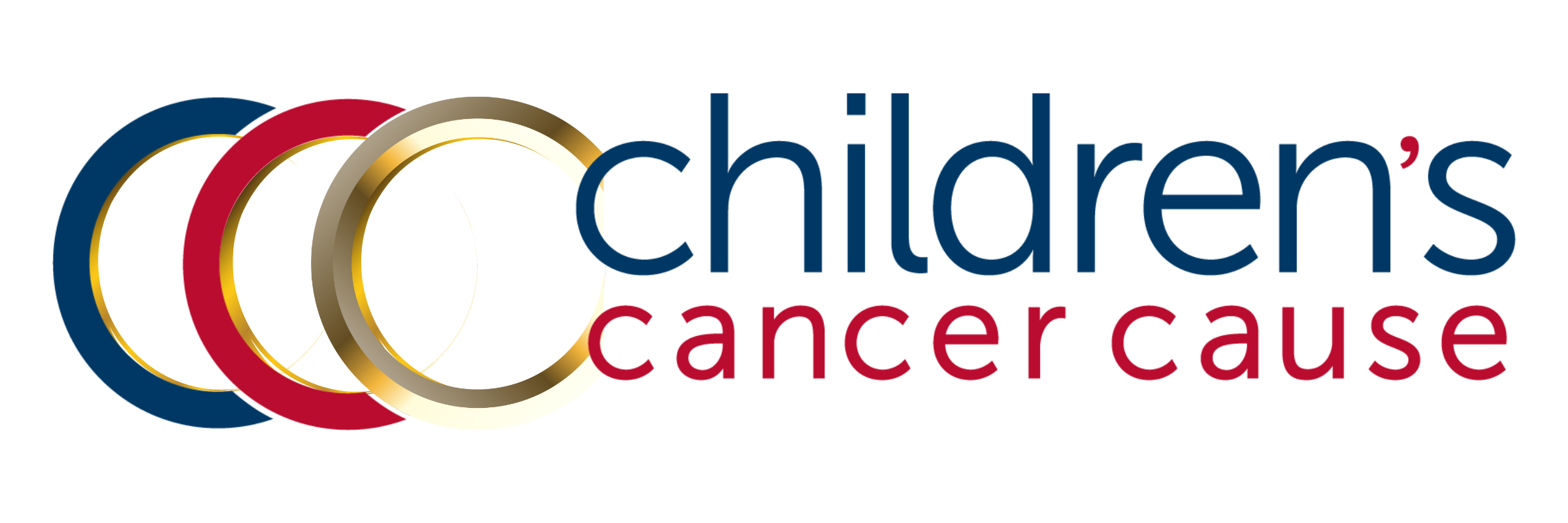Pediatric Findings from New ACS Report on Cancer Statistics
Top-level findings from the newly released 2023 American Cancer Society (ACS) annual report on cancer statistics are primarily related to adult cancers, contributing a 33% decline in cancer mortality since 1991 largely to reductions in smoking, improved screening for breast, colorectal, and prostate cancers, and better therapies. Authors note that non-small cell lung cancer and metastatic melanoma have seen particularly notable treatment breakthroughs. Cervical cancer incidence rates declined by a massive 65 percent from 2012-2019 among women in their early 20s, the first cohort to receive the HPV vaccine as adolescents.
Among children, the five-year survival rate increased from 58 percent in the 1970s to 85 percent by 2018. Similarly, the 2022 Annual Report to the Nation on the Status of Cancer reported that cancer death rates continued to fall among children, adolescents, and young adults in every major racial and ethnic group in the U.S. from 2015-2019. Mortality varies widely and depends on many factors, especially cancer type and age at diagnosis. The ACS reports that progress among adolescents has lagged behind that in children “partly because of differences in tumor biology, clinical trial enrollment, treatment protocols, and tolerance and compliance with treatment.”
At Children’s Cancer Cause, we celebrate this hard-earned progress while also recognizing that clinical measures typically used for adult cancers can underrepresent a child with their whole future ahead of them. Our recent PFDD on cardiac late effects in childhood cancer survivors highlighted one of many serious health risks facing survivors who are still in their teen and young adult years. As childhood cancer advocates, our goal is not just survival for a few years but a healthy life for many decades to come.
The ACS report estimates that 15,190 children and adolescents will be diagnosed with cancer in 2023 and 1,590 children and adolescents with cancer will die this year. This represents a stabilization of incidence rates for children, after increasing steadily from 1975-2019. In adolescents, however, the incidence rate continues to rise about one percent every year. Approximately one in 260 children and adolescents will be diagnosed with cancer before turning 20 years old.
The report finds that the most common type of childhood cancer is leukemia, accounting for 28 percent of cases, followed by brain and other central nervous system tumors. These statistics differ for adolescents; for example, thyroid cancer accounts for 12 percent of adolescent cancers but only two percent of cancers in children.
The report explored racial disparities in cancer incidence and mortality, finding that “Black children are 24% more likely to be diagnosed with distant-stage disease than White children, regardless of family insurance status.” The report authors go on to note that “racial disparities in cancer occurrence and outcomes are largely the result of longstanding inequalities in wealth that lead to differences in both risk factor exposures and access to equitable cancer prevention, early detection, and treatment.” The report found that routine health care – including cancer screening – has been slower to rebound among people of color after the disruptions to care that occurred due to the COVID-19 pandemic.
We thank our friends and colleagues at the American Cancer Society for their diligence and dedication in putting together this informative report to help guide priorities and planning for the medical community including cancer advocates like us.
Citation: Siegel, RL, Miller, KD, Wagle, NS, Jemal, A. Cancer statistics, 2023. CA Cancer J Clin. 2023; 73( 1): 17- 48. doi:10.3322/caac.21763

